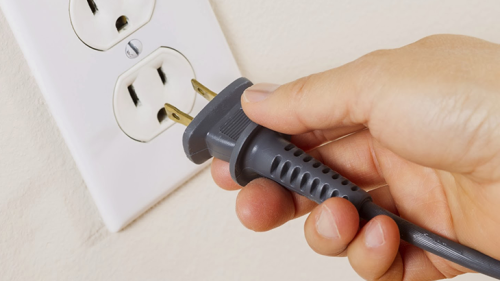Slips, trips, and falls cause many general industry accidents. Most of these incidents are preventable if you watch what you are doing, and focus on where you are going. Most people pay little attention to potential hazards, such as uneven surfaces, hidden steps, smooth surfaces, wet spots, and other walking surface defects that can make it difficult for a person to maintain their footing.
Slips, trips, and falls can result in head injuries, back injuries, broken bones, sprained muscles, cuts and lacerations, or even death.
Slips occur when there is too little traction or friction between the shoe and walking surface causing one to lose their balance or footing.
Trips occur when a person’s foot comes in contact with an object causing a stumble or fall.
Falls occur when you lose your balance and collapse. This means a sudden drop to a lower position, especially to leave a standing or erect position.
Some factors contributing to slips, trips, and falls include housekeeping issues with working and walking areas, wet slippery surfaces, environmental conditions, insufficient or inadequate lighting, and changes in elevations. Ensure you report even a minor fall event or deficient walking working surface as it could prevent someone from experiencing an injury down the line.
To minimize slips, trips, and falls in your workplace, be mindful of the following tips:
- Always practice good housekeeping. Don’t leave loose objects on walking working surfaces.
- Identify and clean up wet floors or spills and clutter that can lead to slips/trips/falls.
- Keep floors clean and dry.
- Provide warning signs for wet floor areas.
- Where wet processes are used, maintain drainage and provide false floors, platforms, mats, or other dry standing places where practicable, or provide appropriate waterproof footgear.
- Keep all places of employment clean and orderly and in a sanitary condition.
- Keep aisles and passageways clear and in good repair, with no obstruction across or in aisles that could create a hazard. Provide floor plugs for equipment, so power cords need not run across pathways.
- Keep exits free from obstruction. Access to exits must remain clear of obstructions at all times.
- Rain, ice, and snow can cause major slip hazards. No matter how well snow and ice are removed from sidewalks, parking lots, and the surrounding streets, always proceed with caution.
- Look out for black ice as water vapor can freeze on cold surfaces and form an extra-thin, nearly invisible layer of ice.
- Inadequate lighting can make it difficult to see obstacles or notice changes with a walking surface.
- Moving from light to dark areas or vice versa can cause temporary vision problems that may just be enough to cause a person to slip, trip, or fall.
- Moving slowly can reduce the chance of encountering a hazard before there is a chance to notice it.
- A change in walking surfaces of 1/4 to 1/2-inch is sufficient to cause a trip so look for curbs, cracks in the sidewalk, flaws in parking lots, potholes, uneven lawns, etc.






